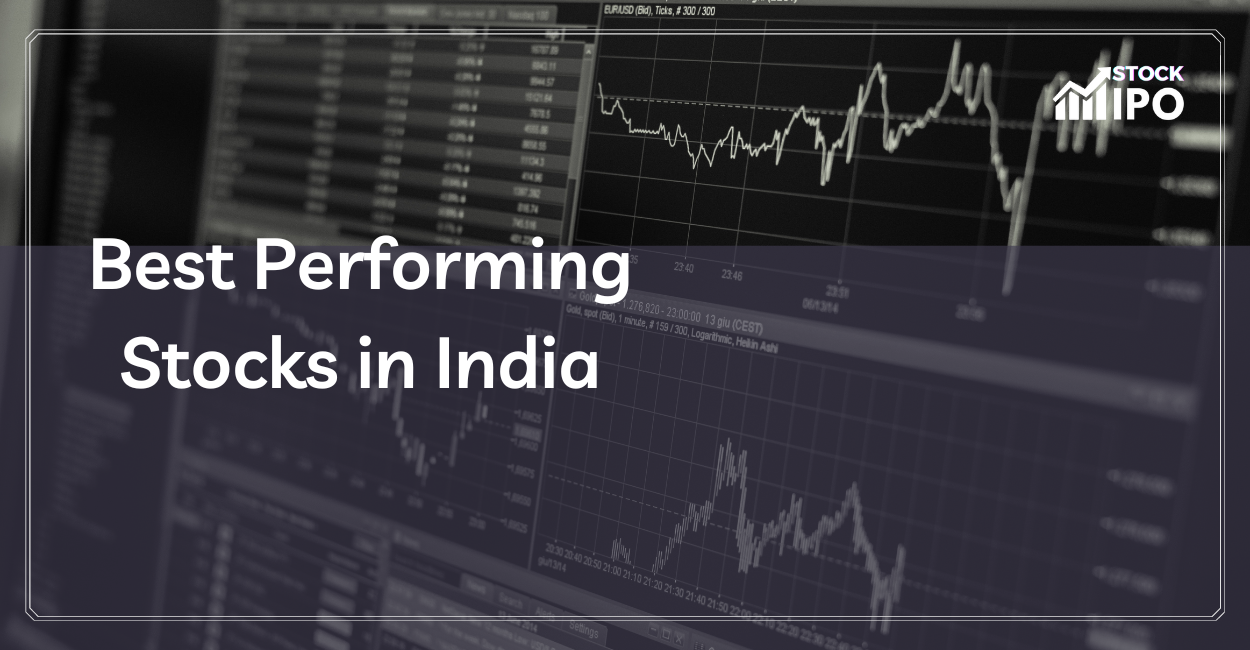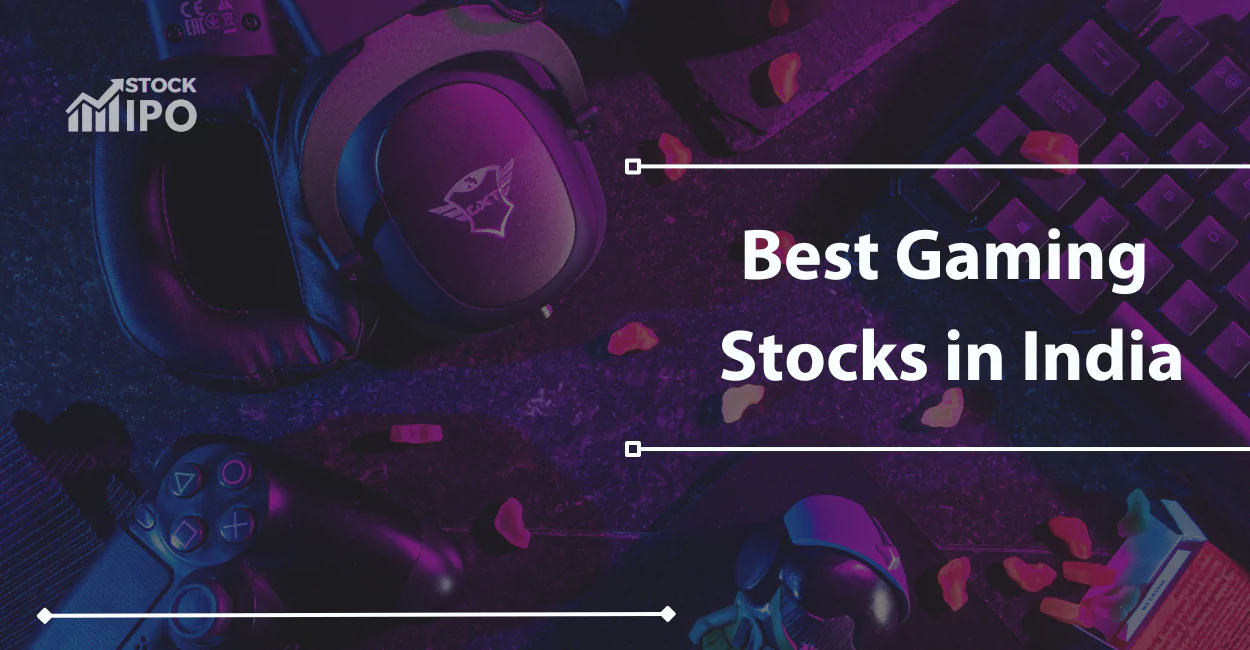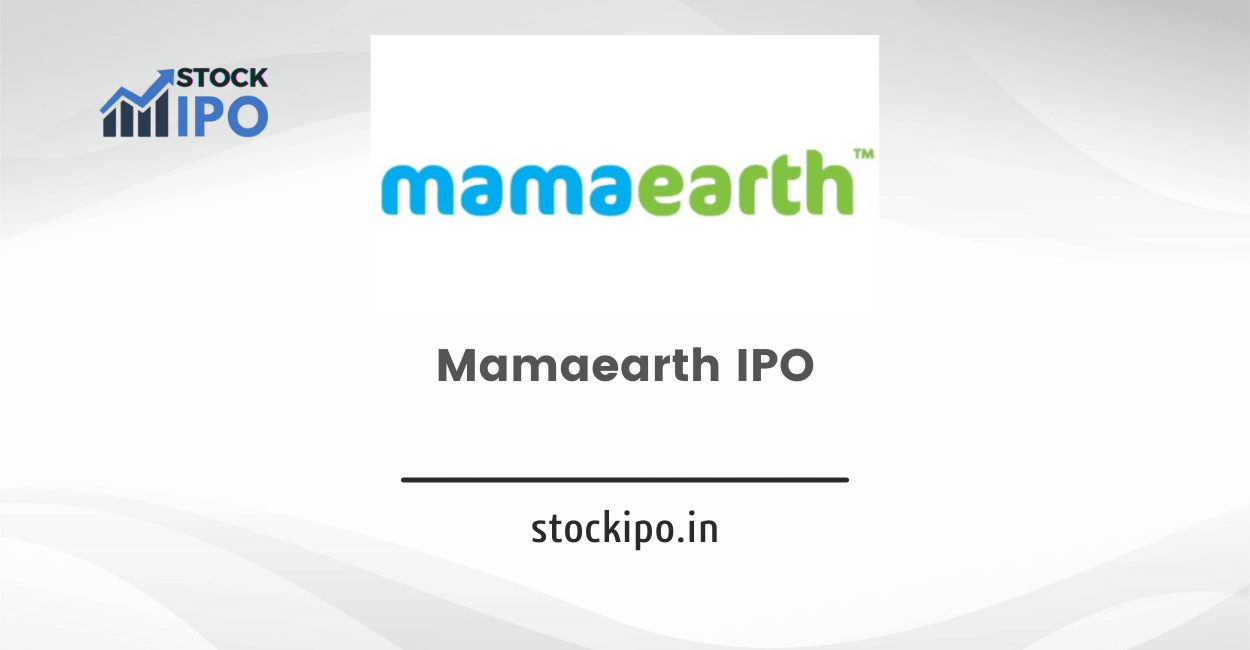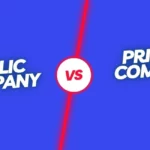The rising controversies around the overpriced valuation of the Mamaearth IPO, as drafted by its parent company Honasa Consumer Limited in its Draft Red Herring Prospectus have been rising all over the internet. In this article, we shall analyze the facts and figures of the IPO, and why exactly is the IPO being talked about in the market. Before we do that, let’s learn some basics –
What is an IPO?
In simple words, when a private company offers its shares to the public investors for the 1st time, and becomes a public company, it is known as an IPO, the famous acronym of Initial Public offering.
Top Parameters for valuation of an IPO
Before we get into the details of the Mamaearth IPO, it is important to understand the parameters that one must consider to judge if an IPO is worth its value. Following are the variables and criterion upon which the IPO has been analyzed –
- Business Model
- Economy Analysis
- Industry Analysis
- Financials
- Valuations
- Risk Factors
The above mentioned parameters form a Top-to-Bottom Analysis, we shall go through them one by one ahead.
1. Business Model
Mamaearth is the largest beauty and personal care brand in terms of its operations, as per its reports of FY22. The brand’s basic aim is to create safe-to-use products that are made of natural and safe ingredients.
The Start
The founders, Varun Alagh and Ghazal Alagh noticed the increasing awareness of consumers for the products they use, and came up with the idea of building a brand focused on baby care products. Their focus was on producing chemical and toxin-free products. With an initial investment of Rs. 90 lahks, they made profits and expanded into other products. Today, the brand not only has baby care products, it also produces hair care, skin care, face care, body care, and color cosmetics. Registered as a brand in 2016, the brand competes with brands like Johnson and Johnson and Himalaya, among others, with over 5 million customers. The brand also has American Made Safe Certification.
Target Audience
The brand initially targeted new mothers and babies with their pregnancy and baby care products. Expanding over the years, the brand now offers products for millennials that are focused on having non-toxic and chemical free ingredients. The brand also specifically targets men by offering products like aftershave.
The Uniqueness
The brand promotes its Unique Selling Proposition as a one-stop shop. With its majority sales being through e-commerce means, the brand not only sells but also manufactures the products. Since 2016, Mamaearth has built a very strong brand image with its aggressive advertising and gaining a huge customer base. The brand has been able to achieve the present level of growth again thanks to its marketing strategies.
2. Economy Analysis
India is currently the 5th largest economy in the world and is expected to be valued as a $ 5 trillion economy by 2026. The Gross National Income per capita has been increasing at a competitive rate for the country as compared to the economies in competition with India. The middle class section of the population is becoming the majority of the population and is expected to constitute 55% of the total population.
India’s Retail Market is valued at $865 billion, and is expected to grow at 11% till 2026. The still underpenetrated market is currently 85% unorganized being managed by kirana stores and street vendors, but the organized sector is also slowly picking up pace and taking over the portion. The recent hype of digital-first brands, using e-commerce as their 1st choice is expected to serve well for such brands. Such brands are expected to grow and create a market of $ 180 billion, making almost 13% of the retail market. As for the overall E-commerce market, such brands make-up 14% of the market and are expected to take over 35-40% of the E-commerce market.
3. Beauty and Personal Care (BPS) Industry
India’s spend on BPC products is currently one of the lowest when compared to other growing economies in competition. As of 2021, the industry is valued at $ 17 billion and is expected to shoot up to $ 30 billion in 2026 showcasing a CAGR of 12%. The changing priorities of spenders, customers are more aware than ever and are looking for products that really serve the purpose as portrayed by the brand. Increasing incomes are resulting in increased investments in personal care too. Similar patterns can also be seen in the Tier-2 cities, where people have started to pay attention to their spending towards other than basic needs and expanding their spending areas.
The online BPC market is worth $ 2.5 billion and is expected to be worth $ 8.4 billion by 2026, with a 27% annual growth rate.
The Indian population is urbanizing at a rapid rate. This urbanization means more income and more spending, which shall conclude to be a favorable position. Such migrations often result in nuclearisation and hence more households for the brand to reach to.
4. Financials
| Financial Years | FY 2020 | FY 2021 | FY 2022 |
|---|---|---|---|
| Revenue from Operations | 943.46 | 461 | 109.78 |
| EBITDA | 11.459 | -1,334.03 | -431.71 |
| EBITDA Margins | 1.21% | -290.01% | -393.24% |
| PAT | 14.443 | -13,32.215 | -4,28.026 |
| PAT Margins | 15.31% | 2889.84% | 3898.94% |
The Revenue from operation showed a CAGR of 193.15%. In comparison with other BPC companies, for which the median value is just 13%, the value is very impressive. Further, looking at the Profit After Tax figures, the company has started to make profits only recently, when it 1st made a profit of 14.443 Crores in FY2022. The figure on 30 September 2022 was 3.667 Crores.
The Revenue as on 30 September 2022 was 72.273 Crores, the EBITDA for the same period is 13.902 crores, giving a margin of 1.92%, which already indicates an increase from the 1.21% of the previous year. The EBITDA margin for FY22 shows a healthy picture of the company; however, future numbers can only be predicted and cannot be guaranteed because profit isn’t very high given the amount of losses shown in previous years.
When looking at the company’s expenses, the most shocking figures that cannot be ignored are those of advertising. The expenses on advertising in FY2020 were 45.8 crores, and for the year ended March 2022, they have soared up to a shocking 391.47 crores, which is almost 8 times the value in FY2020. For the period ended September 30, 2022, the amount has already gone to Rs. 271.99 Cr, which is just for 6 months and has already reached more than half of what it was in the previous year, which is alarming since the amount makes up 37.63% of the revenue for the 6-month period.
For the years 2022 and 2021, the company’s cash flows from operations were positive. However, the value for the 6-month period ended September 30, 2022, was a negative Rs. 655.89 crore, which is concerning since the value has fallen from Rs. 445.88 crore, making it a 247% drop, within 6 months. The huge drop is primarily caused by a sharp rise in trade receivables, as seen in the balance sheet.
The numbers for trade receivables show an increase of Rs. 70.56 Cr within just 6-months.
6. Valuations
| Company Name | PE ratio |
|---|---|
| Mamaearth | 1714 |
| Nykaa | 964 |
| HUL | 63.9 |
| Godrej Consumer | 58.2 |
| Gillette India | 55.2 |
| Marico | 53.9 |
| Colgate-Palmolive (India) | 39.2 |
| Emami Ltd | 22.2 |
| Bajaj Consumer Care Limited | 18.4 |
As per the DRHP of the company, the above companies are seen as competitors by Honasa Consumer Limited. Comparing their Price to Earnings ratio, as per the data available on NSE website, the valuation of the company has surpassed the valuations of well-established brands like HUL and Marico where they stand at 63.9 and 53.9 respectively. As per the predictions, the IPO might also be more than the famously overvalued IPO of Nykaa with a Price-to-Earnings of 964.
The Return on Net Worth of the Company is 2.23% for the year ended March 31, 2022, and HUL, Nykaa and Marico stand at 18%, 6.67% and 38.14% respectively for the same year. The company does not stand anywhere near these competitors.
7. Risk Factors
- Honasa is currently involved in ten lawsuits, according to the DHRP filed by the company. The company and its numerous subsidiaries are involved in four criminal and civil lawsuits against various individuals.
- Three cases involving tax proceedings totalling INR 61.3 Lakh have been filed against the company. Two more similar cases, totalling INR 88.3 Lakh, are pending against its subsidiaries.
- In addition, the company has received 29 non-compliance notices under the Legal Metrology Act of 2009 and the Legal Metrology Packaged Commodities Rules of 2011.
- The heavy dependence on celebrities and social media influencers as part of its marketing strategy may harm its bottom line.
Mama Earth IPO Details
| Fresh issue | INR 400 crore |
| Offer For Sale | 4,68,19,635 shares |
| Face Value | INR 10 per share |
| Listing On | NSE, BSE |
Read more about Mama Earth IPO here
So What are the Concerns?
- The company was valued at $1.2 billion in its most recent round of funding, which took place in January 2022. This voiced doubts about how a company’s valuation can more than double to $3 billion in much less than a year.
- Anirudh A. Damani, the founder of Artha Group, estimates that the reported valuation for the Mamaearth IPO is Rs.24,000 crores, or around 25 times the company’s FY22 revenues and 1600 times its FY22 earnings. Especially in comparison to well-known brands like Marico or Dabur, which trade between 50 and 60 times PE with enduring brands and significant offline presence, these valuations are astonishingly high.
- Since it may just be an exit strategy for the company’s early investors and promoters, IPOs with more than 25% of the IPO sizes dedicated toward an offer-for-sale should be treated seriously. According to reports, in the instance of Mamaearth, 2500 crores of the 2900 crore IPO will provide liquidity to the company’s early investors and celebrity influencers. The exceedingly high valuation expectations from a company that generated 14 crores in profit in FY22 are the key reasons that this is a warning sign.
- The DRHP states that the IPO’s main goal, aside from its famed “dumping overvalued IPO on retail investors,” or offer-for-sale exit strategy, is to use the proceeds for advertising and to raise brand awareness. The corporation is already dedicating up to 40% of its revenue to advertising, which is a cause for concern.
- For its advertising, the company has collaborated with approximately 4000 influencers. When the Return on Ad Spend (ROAS) is only 2.6 and has not increased over the past three years, the amount is considerably more important and perhaps decisive. This score also shows that relatively few customers make repeat purchases, which means that customer retention is likewise quite low. The ROAS of NYKAA and HUL in the prior year were 7.8 and 10.6, respectively, which makes the value appear even weaker.
- Furthermore, Mamaearth is a brand whose products are available for sale on e-commerce platforms like Amazon and Flipkart. These websites only charge 4% for listing fees, but other brands are often charged at least 15%. We’re not even sure if the business will still be lucrative when such sites stop charging them at these cheap prices. Alarming is also the fact that this is not addressed in the company’s DHRP.
Conclusion
It is simple to draw comparisons between Mamaearth and other recent IPO launches like PayTM, Nykaa and Zomato. When it is time to dispose of these businesses, the initial investors and promoters look to an IPO launch as their exit option because they invest in them at extremely high valuations. When more than one-fourth of the whole offer is an offer for sale, it is easy to assume that the promoter is either uninterested in the brand or is aware that the brand may have reached the end of its potential.
Investors now find it difficult to have any faith in IPOs at all due to the recently exposed pump and dump strategy of IPOs. Nykaa and PayTM, two IPOs, are currently selling for roughly 50–70% less than their original valuation. These prices also limit or eliminate the potential for listing gains through an IPO.
The conclusion is simple: a retail investor should steer clear of the IPO at this time and instead wait to see how it performs over at least three years. Then, they can reassess their options.







